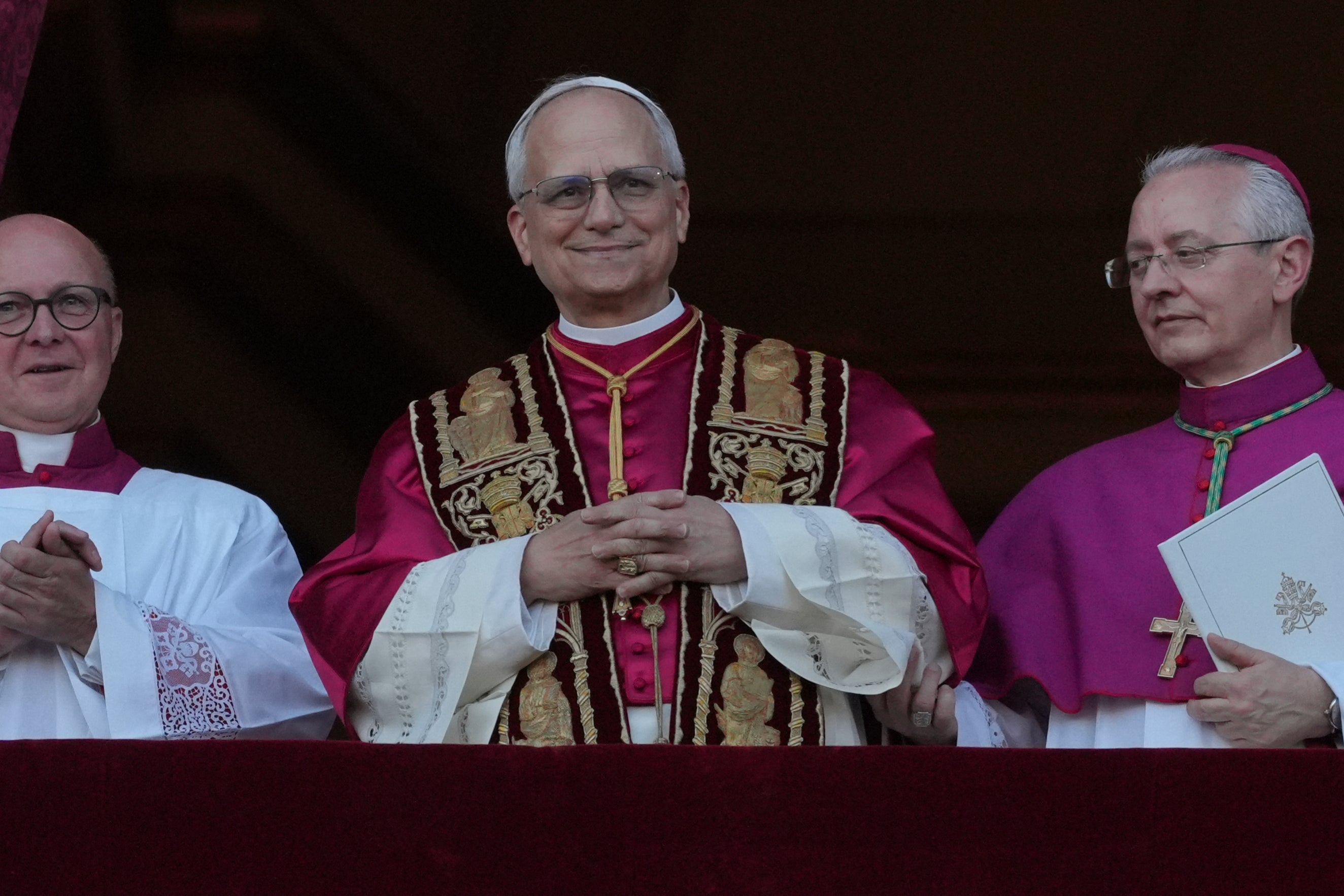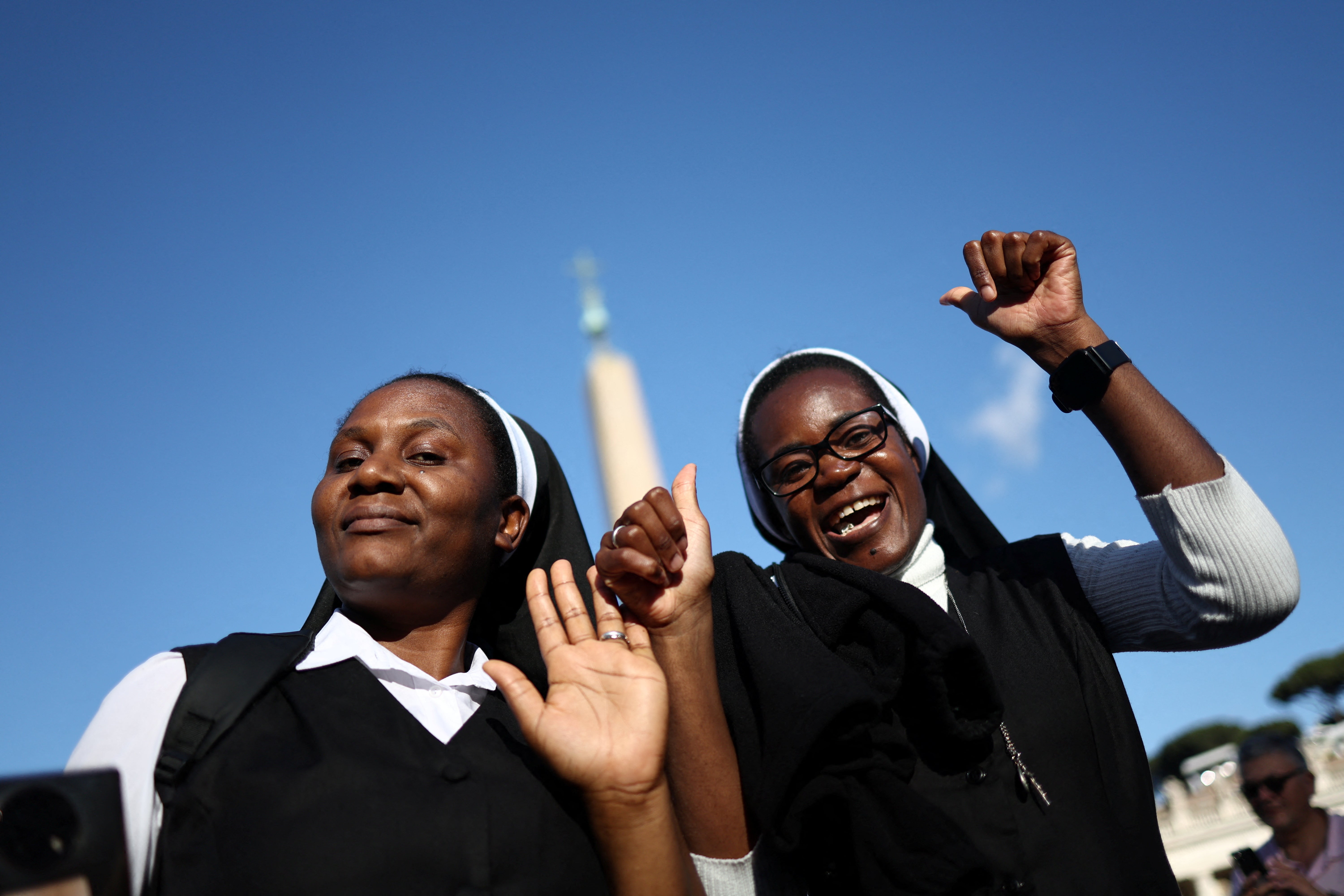ARTICLE AD BOX
The swift two-day election of Pope Francis's successor, Pope Leo XIV, marks one of the shortest conclaves in recent history.
But how long do these events typically last?
While pinpointing the exact length of past papal elections is difficult due to the Vatican's reticence on releasing official voting data, historical records offer some insights.
Prior to 1274, popes were occasionally elected the same day their predecessor died. However, the Church subsequently mandated a waiting period of at least 10 days before the initial vote, later extended to 15 to accommodate travel time for cardinals arriving in Rome.
This two-day conclave stands in stark contrast to some historical elections which stretched for nearly a week.
The quickest conclave observing the 10-day wait rule appears to have been the 1503 election of Pope Julius II, who was elected in just a few hours, according to Vatican historian Ambrogio Piazzoni.

In more recent times, Pope Francis was elected in 2013 on the fifth ballot, Benedict XVI won in 2005 on the fourth and Pope Pius XII won on the third in 1939.
The longest conclave since the 20th century began took 14 rounds of balloting across five days, ending with the election of Pius XI in 1922.
The shortest was the conclave that elected Pius XII in 1939, which took three ballots in two days.
Cardinals must reach a two-thirds majority to elect a pope. That was somewhat easier in conclaves past: In 1922 there were just 53 voting cardinals, and until 1978 there were fewer than 100 each time.
This year there were 133, so 89 votes were needed.

Here’s a look at the duration of conclaves in recent history, according to multiple sources including Catholic and other Italian publications:
The duration of conclaves in recent history
Here’s a look at the duration of conclaves in recent history, according to multiple sources, including Catholic and other Italian publications:
- 1914: Benedict XV: 10 ballots, 3 days
- 1922: Pius XI: 14 ballots, 5 days
- 1939: Pius XII: 3 ballots, 2 days
- 1958: John XXIII: 11 ballots, 4 days
- 1963: Paul VI: 5 or 6 ballots, 3 days
- 1978: John Paul I: 4 ballots, 2 days
- 1978: John Paul II: 8 ballots, 3 days
- 2005: Benedict XVI: 4 ballots, 2 days
- 2013: Francis: 5 ballots, 2 days









 English (US) ·
English (US) ·